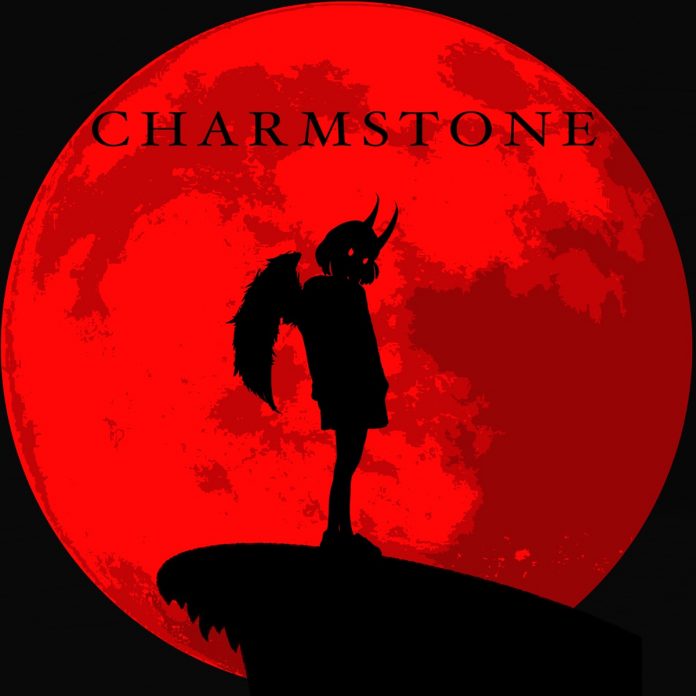Charmstone is a Norwegian duo comprising drummer Torstein Lofthus and multi-instrumentalist Knut Bjørnar Asphol. Lofthus has worked with progressive neo-psychedelic jazz-rock trio Elephant9, prog-jazzers Red Kite, jazz quartet Chrome Hill and the jazz-metal group Shining, while Asphol has released six solo ambient jazz albums and several movie soundtracks and has produced scores of other artists. Recorded at Oslo Klang studios, this is the pair’s eponymous debut album.
What is jazz? I won’t debate that issue here, but suffice to say that improvisation and experimentation are not necessarily the same thing. This progressive, new-age, Gothic-styled ambient-noise pot pourri, while engaging, contains little of what many might recognise as jazz. Much of the album consists of layered programmed electronics ranging from ominous booming sounds, which almost bury some drum tracks, to gentler tones, often decorated with delicate guitar licks.
High points include Tokyo Darkness, a thundering, repetitive, mid-pacer featuring pounding skins, distorted electric guitars, menacing bass lines and mixed effects, and the title track with its fusion of electronic and guitar sounds with frenetic drums, becoming faster and more agitated before concluding with ethereal guitar lines. Manic rhythm is again found on Escape, whose opening sound effects resemble a passing tube train before the drums break through into a breathless three-minute workout.
Asphol’s gift for soundtrack composition is clear in the cool, layered synthesisers of The Last King, recalling familiar themes from Nordic noir TV dramas, while Chaos Magic mixes funereal electronic and guitar parts to evoke music reminiscent of starker winter nature documentaries, and the ponderous Curse evokes Ennio Morricone. The album’s strongest entry is The Mist, whose more structured format offers an echoing, jazzy, guitar blues melody against a laboured walking drum pattern.
While fans of experimental electronic music will enjoy this extraordinary set from the talented Scandi duo, it may be a bridge too far for more traditional or mainstream enthusiasts.
Find out more about Charmstone at knutofficial.com and on Facebook
Discography
Toyko Darkness; The Last King; Chaos Magic; Charmstone; The Mist; Escape; Curse; Hex; Alchemy (29.33)
Torstein Lofthus (d; b, 4); Knut Bjørnar Asphol (g, elec; b, 1). Oslo, Norway, 2020.
Labels and Gentleman LAG134



